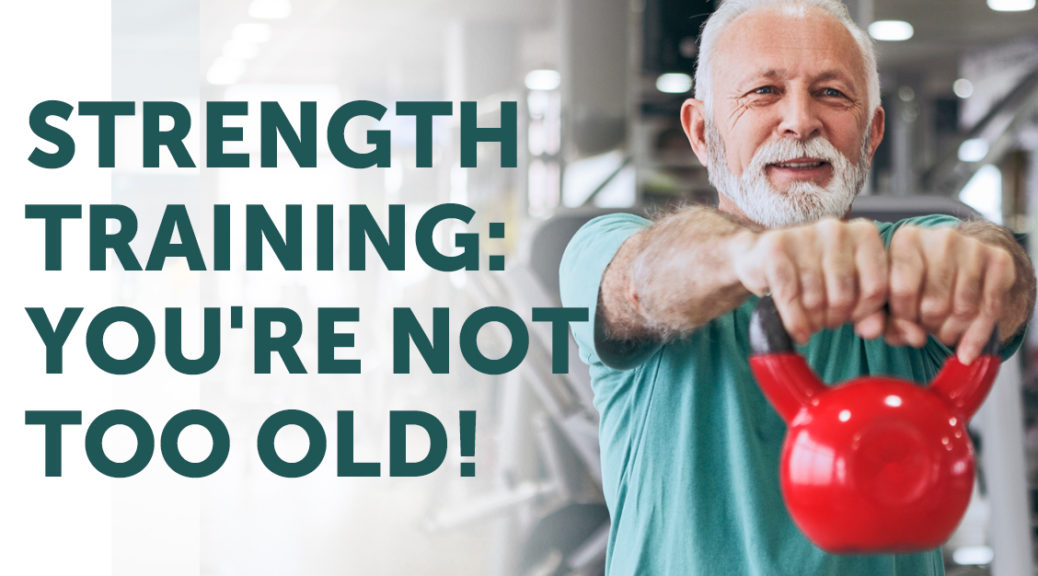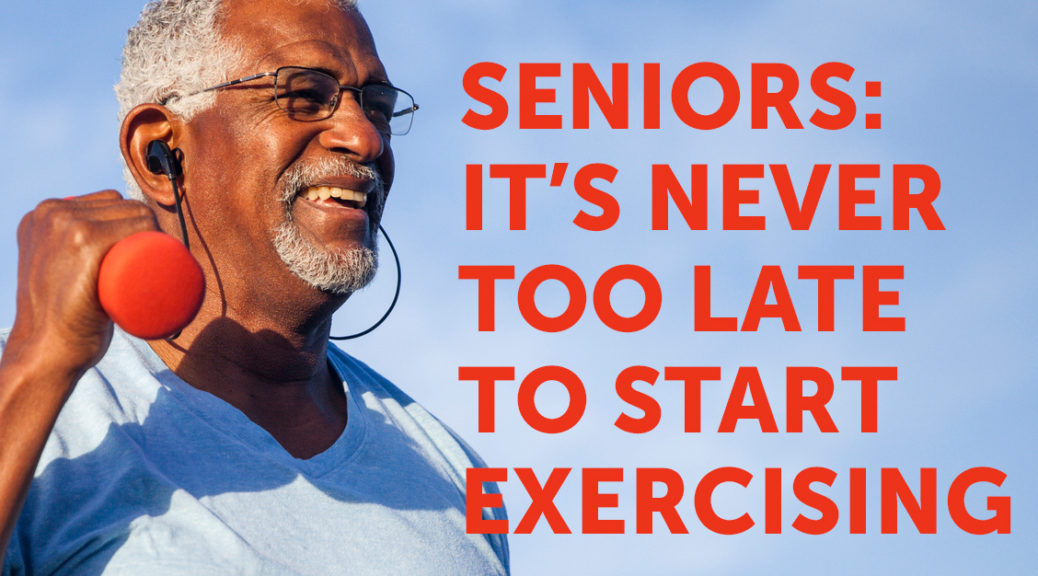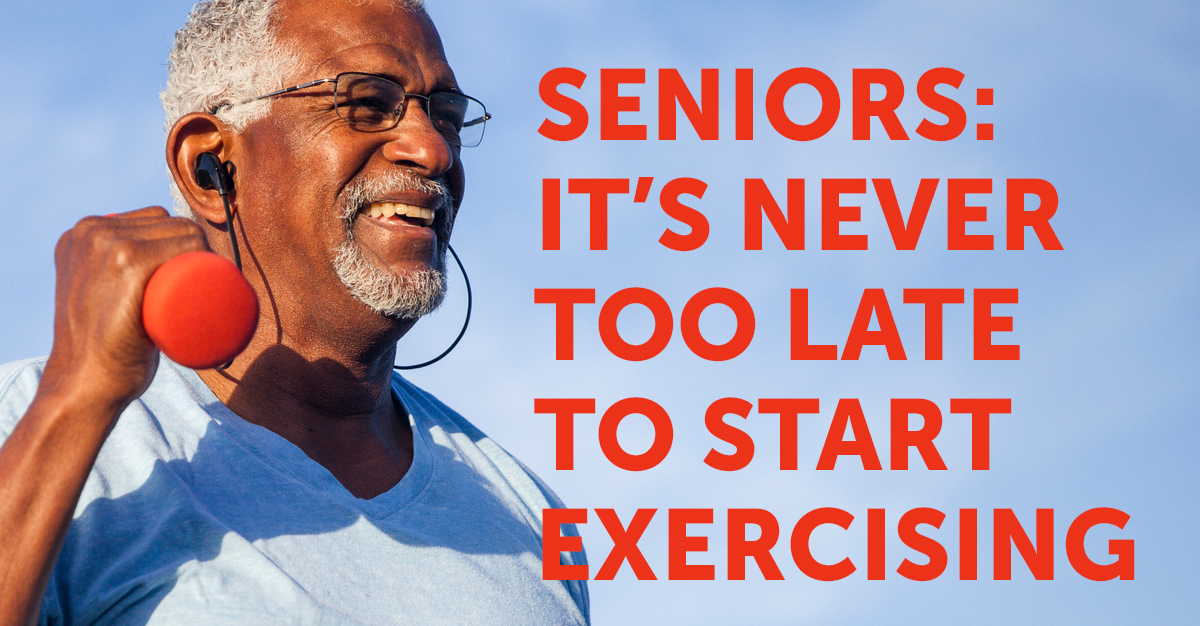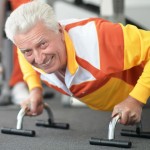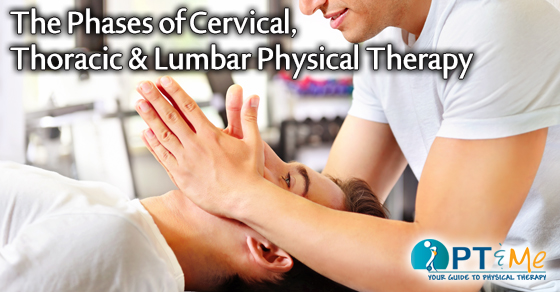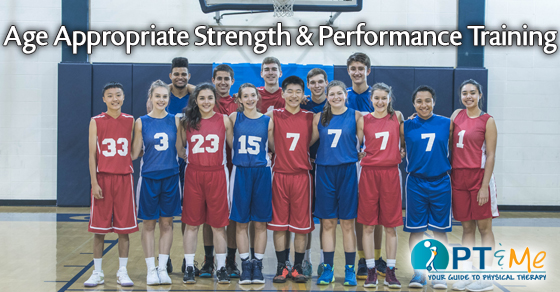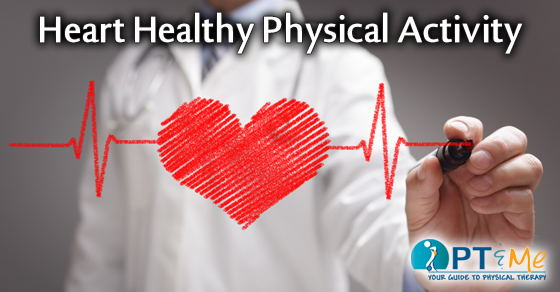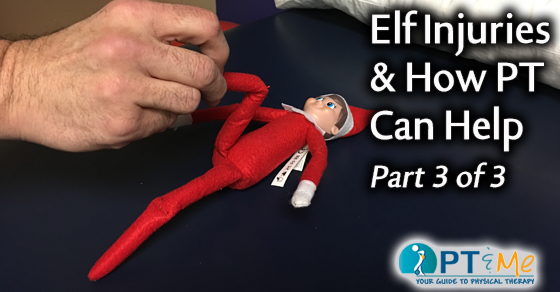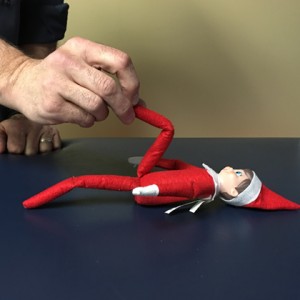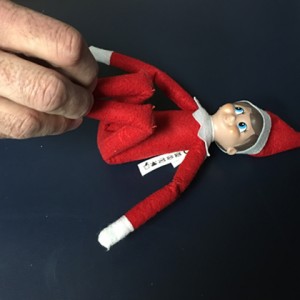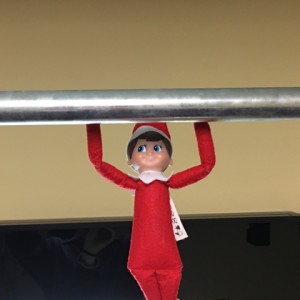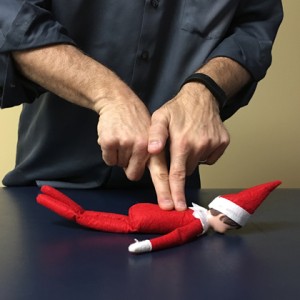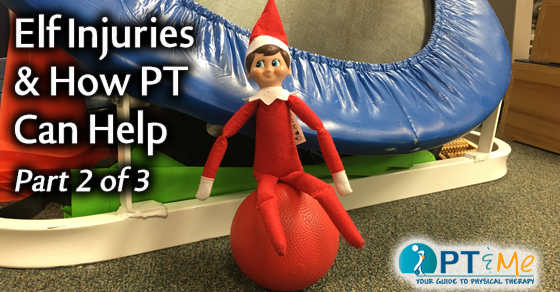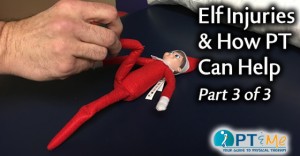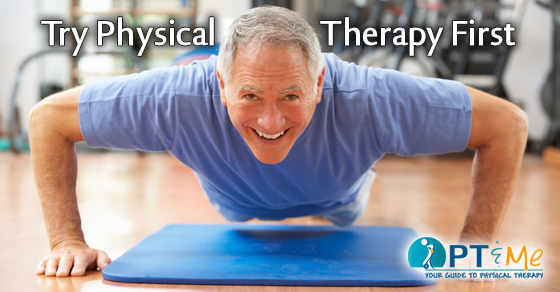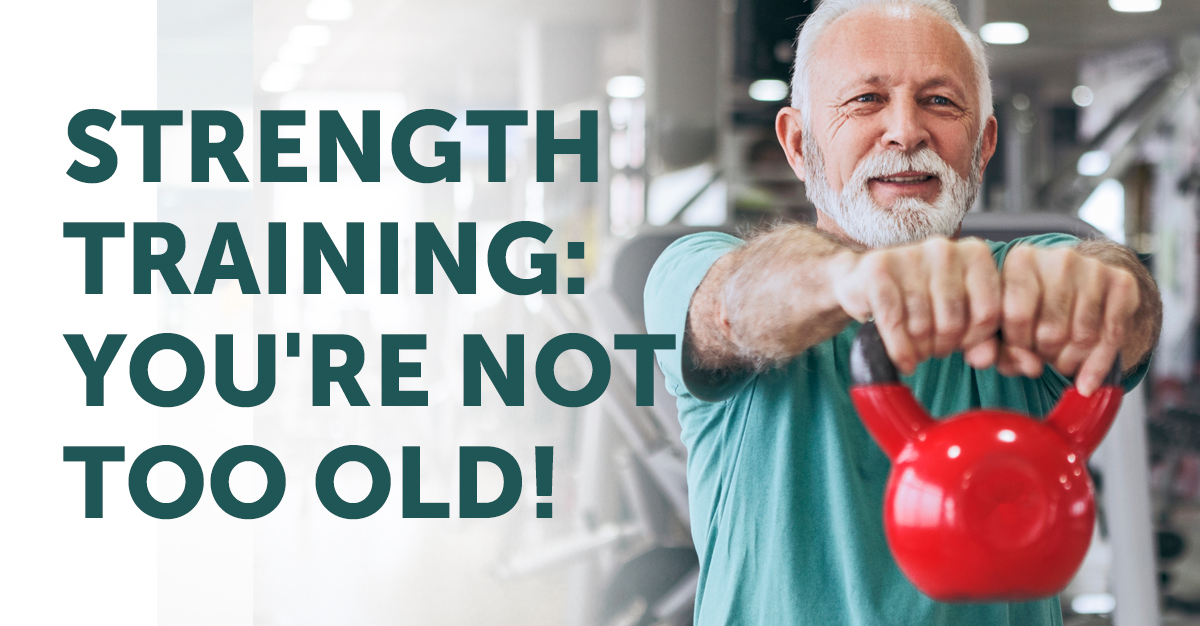
If you think you are “too old” to do strength training exercises, think again! With proper guidance and support, you can benefit from a program of regular strength-training exercises.
Sarcopenia is the loss of muscle and strength often seen in older adults. Although many questions remain about muscle loss and aging, one thing is certain: strength-training exercises can help reduce these effects. Even small changes in muscle size can make a big difference in strength, especially in people who have already lost a lot of muscle.
BENEFITS
According to the North American Spine Society, strength training can provide the following benefits in older adults:
- Better balance and, consequently, reduced risk of falls
- Quicker responses, which may also play a role in preventing falls
- Reduced risk of osteoporosis (weakening of the bones)
- Improved quality of life
- Improved mental alertness
EXAMPLES OF STRENGTH-TRAINING EXERCISES
You can increase your strength by regularly using any of the following:
- Weights
- Strength-training equipment
- A resistance band
HOW MUCH AND HOW OFTEN?
The National Institute on Aging recommends the following tips on how much and how often you should do strength-training exercises:
- Exercise all of your major muscle groups at least twice a week.
- Do not do strength exercises of the same muscle group 2 days in a row.
- Depending on your condition, you might need to start out using as little as 1 or 2 pounds of weight, or no weight at all.
- Use a minimum of weight the first week, then gradually add weight. Starting out with weights that are too heavy can cause injuries.
- When doing a strength exercise, do 10-15 repetitions in a row.
- Take 3 seconds to lift or push a weight into place; hold the position for 1 second, and take another 3 seconds to lower the weight. Do not let the weight drop; lowering it slowly is important.
- Gradually increase the amount of weight to benefit from strength exercises. When you can do 2 sets of 10-15 repetitions, then you can increase the amount of weight on your next session.
- It should feel somewhere between hard and very hard for you to lift or push the weight. If you cannot lift or push a weight 8 times in a row, then it is too heavy for you. Reduce the amount of weight. If you can lift a weight more than 15 times in a row, it is too light for you. Increase the amount of weight. Do not increase more than 5% for all upper body and 10% for lower body exercises.
SAFETY TIPS
- Talk to your doctor or a physical therapist before engaging in a new exercise program.
- Breathe normally while exercising. Holding your breath (known as Valsalva maneuver) while straining can cause your blood pressure to go up. This is especially true for people with cardiovascular disease.
- If you have had a hip repair or replacement, check with your surgeon before doing lower body exercises.
- Avoid jerking or thrusting weights into position. This can cause injuries. Use smooth, steady movements.
- Avoid locking the joints in your arms and legs in a straightened position.
- Breathe out as you lift or push, and breathe in as you relax.
- Muscle soreness lasting up to a few days and slight fatigue are normal after muscle-building exercises, but exhaustion, sore joints, and unpleasant muscle pulling are not. The latter symptoms may mean you are overdoing it.
- None of the exercises you do should cause pain. The range within which you move your arms and legs should never hurt.
Looking for a physical therapist to help start your strengthening program?
BUILD THAT BRAWN!
Strength exercises can help increase your strength when performed on a regular basis. Here are some examples from the National Institute of Aging:
Wrist Curl
This exercise strengthens the wrists.
- Put your forearm on the arm of a chair. Your hand should be over the edge.
- Hold the weight with your palm facing upward.
- Bend your wrist up and down.
- Do this 10-15 times.
- Repeat with the other hand.
- Do this 10-15 more times with each hand.
Side Arm Raise
This exercise strengthens shoulder muscles.
- Sit in an armless chair with your back supported by the back of chair.
- Keep your feet flat on the floor and even with your shoulders.
- Hold hand weights straight down at your sides, with palms facing inward.
- Raise both arms to your side, shoulder height.
- Hold the position for one second.
- Slowly lower your arms to your sides. Pause.
- Repeat 10-15 times.
- Rest; then do another set of 10-15 repetitions.
Chair Stand
This exercise strengthens muscles in your abdomen and thighs. Your goal is to do this exercise without using your hands as you become stronger.
- Sit toward the front of a chair, knees bent, feet flat on the floor.
- Cross your hands over your chest and lean back in a half-reclining position. Keep your back and shoulders straight throughout the exercise.
- Raise your upper body forward until you are sitting upright, using your hands as little as possible (or not at all, if you can).
- Extend your arms outward so they are parallel to the floor. Slowly stand up, using your hands as little as possible.
- Slowly sit back down. Pause.
- Repeat 10-15 times.
- Rest; then do another set of 10-15 repetitions.
Arm Curl
This exercise strengthens upper-arm muscles.
- Stand with your feet even with your shoulders.
- Keep your feet flat on the floor and even with your shoulders.
- Hold your hand weights straight down at your sides, with palms facing forward.
- Slowly bend one elbow, lifting weight toward your chest. (Rotate your palm to face your shoulder while lifting the weight.)
- Hold this position for one second.
- Slowly lower your arm to the starting position. Pause.
- Repeat with the other arm.
- Alternate arms until you have done 10-15 repetitions with each arm.
- Rest; then do another set of 10-15 alternating repetitions.
Toe Stand
The heel raise strengthens ankle and calf muscles. You can use ankle weights for this exercise if you are able.
- Stand straight, feet flat on the floor, holding onto a table or chair for balance.
- Slowly stand on tiptoe, as high as possible.
- Hold the position for 1 second.
- Slowly lower your heels all the way back down. Pause.
- Do the exercise 10-15 times.
- Rest; then do another set of 10-15 repetitions.
- Variation: As you become stronger, do the exercise standing on 1 leg only, alternating legs for a total of 10-15 times on each leg. Rest; then do another set of 10-15 alternating repetitions.
Knee Curl
Strengthens muscles in the back of the thigh. You can use ankle weights for this exercise if you are able.
- Stand straight holding onto a table or chair for balance.
- Slowly bend your knee as far as possible. Don’t move your upper leg at all; bend your knee only.
- Hold this position for 1 second.
- Slowly lower your foot all the way back down. Pause.
- Repeat with your other leg.
- Alternate legs until you have done 10-15 repetitions with each leg.
- Rest; then do another set of 10-15 alternating repetitions.
Front Arm Raise
Strengthens shoulder muscles.
- Stand with your feet shoulder-width apart
- Hold hand weights straight down at your sides, with palms facing backward.
- Raise both arms in front of you to shoulder height. Do not turn your wrist.
- Hold this position for 1 second.
- Slowly lower your arms. Pause.
- Repeat 10-15 times.
- Rest; then do another set of 10-15 repetitions.
Leg Straightening
Strengthens muscles in front of the thigh and shin. You can use ankle weights for this exercise if you are able.
- Sit in a chair. Only the balls of your feet and your toes should rest on the floor. Put a rolled towel under your knees, if needed, to lift your feet. Rest your hands on your thighs or on the sides of the chair.
- Slowly extend 1 leg in front of you as straight as possible.
- Flex your foot to point toes toward the head.
- Hold this position for 1–2 seconds.
- Slowly lower your leg back down. Pause.
- Repeat with your other leg.
- Alternate legs until you have done 10-15 repetitions with each leg.
- Rest; then do another set of 10-15 alternating repetitions.
Back Leg Raise
Hip extension strengthens buttock and lower-back muscles. You can use ankle weights for this exercise if you are able.
- Stand 12-18 inches from a table or chair, feet slightly apart.
- Hold onto a table or chair for balance.
- Slowly lift one leg straight backwards without bending your knee, pointing your toes, or bending your upper body any farther forward.
- Hold this position for 1 second.
- Slowly lower your leg. Pause.
- Repeat with your other leg.
- Alternate legs until you have done 10-15 repetitions with each leg.
- Rest; then do another set of 10-15 alternating repetitions.
Side Leg Raise
This strengthens muscles at the sides of your hips and thighs. Use ankle weights, if you are ready.
- Stand straight, directly behind a table or chair, feet slightly apart.
- Hold onto a table or chair for balance.
- Slowly lift 1 leg 6-12 inches out to the side. Keep your back and both legs straight. Don’t point your toes outward; keep them facing forward.
- Hold this position for 1 second.
- Slowly lower your leg. Pause.
- Repeat with the other leg.
- Alternate legs until you have done 10-15 repetitions with each leg.
- Rest; then do another set of 10-15 alternating repetitions.
This information is neither intended nor implied to be a substitute for professional medical advice. Always seek the advice of your physician or other qualified health providers prior to starting any new treatment or with questions regarding a medical condition.
RESOURCES:
Family Doctor—American Academy of Family Physicians
http://www.familydoctor.org
National Institute on Aging
http://www.nia.nih.gov
CANADIAN RESOURCES:
The College of Family Physicians of Canada
http://www.cfpc.ca
Public Health Agency of Canada
http://www.phac-aspc.gc.ca
REFERENCES:
Exercise & Physical Activity: Your Everyday Guide from the National Institute on Aging. National Institute on Aging website. Available at: http://www.nia.nih.gov/sites/default/files/exercise_guide.pdf. Published January 2009. Accessed January 2, 2015.
Strength training for the elderly. North American Spine Society Know Your Back website. Available at: http://www.knowyourback.org/Pages/BackPainPrevention/Exercise/StrengthTrainingElderly.aspx. Accessed January 2, 2015.
Content provided by EBSCO. EBSCO Information Services is fully accredited by URAC. URAC is an independent, nonprofit health care accrediting organization dedicated to promoting health care quality through accreditation, certification and commendation.

